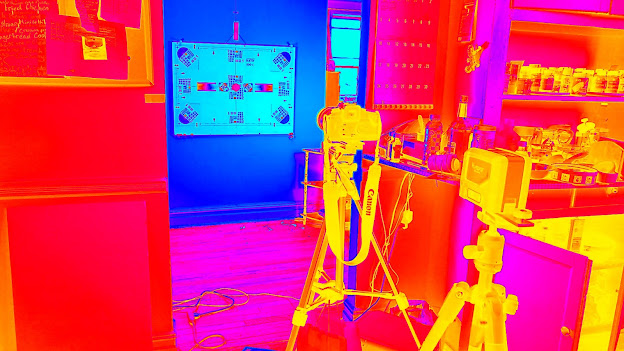Before "Vlads test target" came to be, there were some developments which paved way for the now ubiquitous test strips. As Cold War raged on in the 1950s, US Air Force developed "flying cameras" - super-sonic jets flying at hiesht altitudes and caring nothing else but high resolution camera to perform air surveillance tasks. The Sputnik was yet to be launched and the only way to get a sense of what sort of surprise your adversary is preparing was to fly over it (the national borders to be damned) and make a picture of it and then have a small army of analysts to argue what this or that building, channel, railway mean. To calibrate the cameras the SR-71 Blackbird and the U-2 planes would carry around, the number of terrestrial test patterns were set down - typicaly near airfields. Thats how test chart known as the 1951 USAF Resolving Power Test Target, conforming to milspec MIL-STD-150A, was developed. The design of the chart establishes the relative size o...










